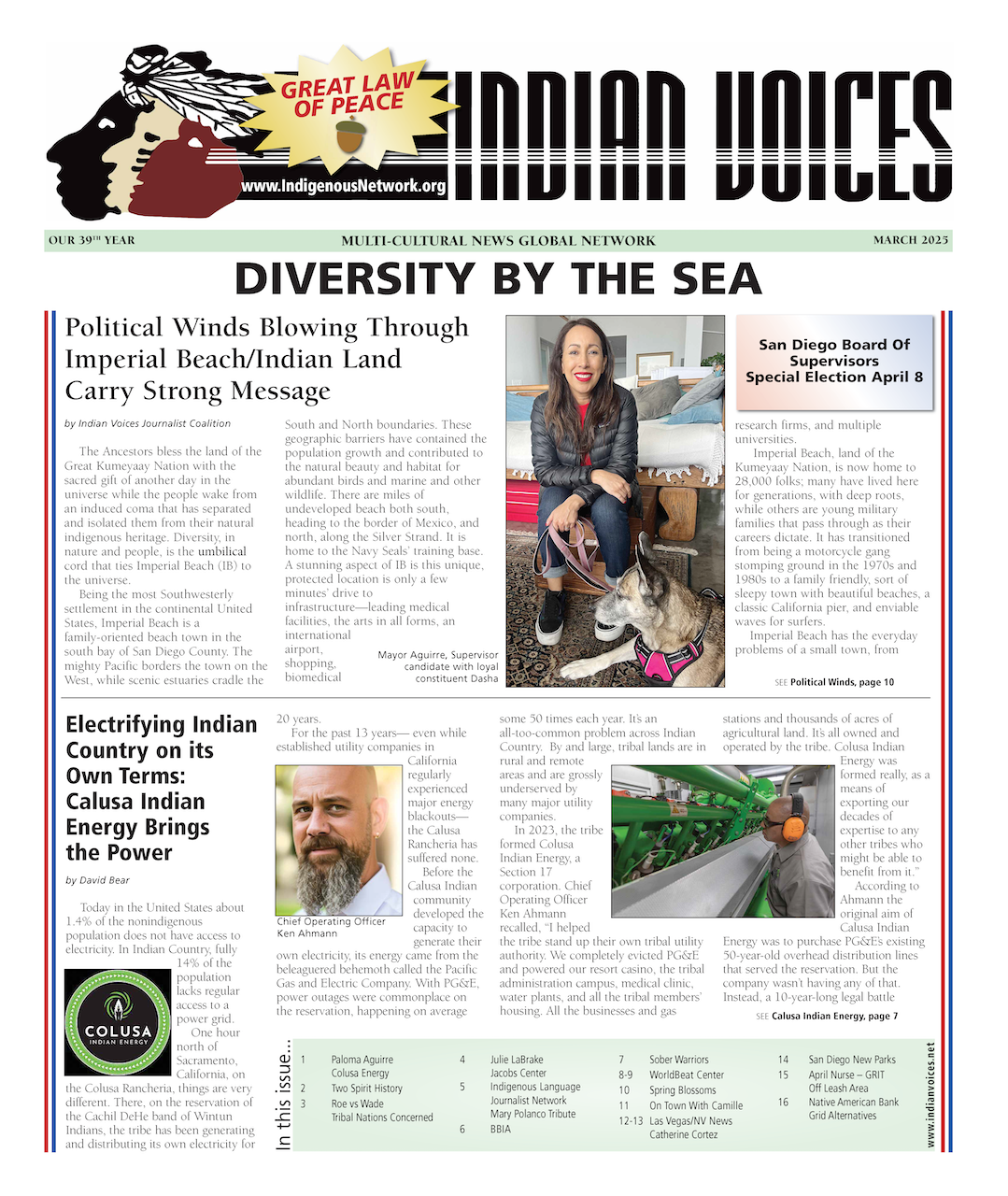WHAT: Light Brigade for IAAPA Evening Reception at Sea World
WHEN: Tuesday, January 28, 2014, 6-7p PST
WHERE: Sea World Drive at Sea World Way (signalized intersection)
The International Association of Amusement Parks and Attractions (IAAPA) bills itself as “the largest international trade association for permanently situated amusement facilities worldwide and is dedicated to the preservation and prosperity of the amusement industry.” From January 26-31, 2014, it is hosting with its academic partner, the L. Robert Payne School of Hospitality Management at San Diego State University (SDSU), an Executive Education program “tailored to meet the needs of today’s senior-level leaders in the worldwide attractions industry. The program will focus on one central theme: making you and your business more successful.”1 Tuesday evening, January 28, features an “Evening reception at Sea World”.
The San Diego Light Brigade will be on hand to shine the light on how SeaWorld prospers: We will hold Lighted Letters along Sea World Drive spelling out “CAPTIVITY KILLS.”
Sea World's prominence in the International Association of AMUSEMENT PARKS AND ATTRACTIONS and this Executive Education program, with a former Sea World California executive as one of the instructors, gives the lie to Sea World's protestations that its captivity of intelligent marine mammals with sophisticated family and social networks, including orcas and dolphins, is based in its commitment to wildlife conservation and public education. Sea World is dedicated to its own preservation and prosperity as an amusement industry leader. As reported by the Ocean Preservation Society:2
- SeaWorld Entertainment claims $1.5 billion in annual revenue, yet has spent only $9 million on conservation in the past decade – or just 0.0006 of this corporation's net revenue going into research and conservation annually. For every $100 made by a Sea World park, less than 1 cent is put into research benefiting wildlife.
- More orcas have died under Sea World's care than are currently alive in all of its parks. A growing body of scientific evidence shows that orcas die an early death in captivity, with an annual mortality rate at least 3x higher than in the wild. The few animals in Sea World's collection who have lived closer to their natural average life expectancy are featured as successes for the captivity industry. Instead they should be seen as extraordinary survivors.
- As Jacques Cousteau famously observed: there is as much educational benefit in studying dolphins and whales in captivity as there is in observing prisoners in solitary confinement. Sea World has published very few scientific papers, and what it has contributed was already learned some time ago. Sea World contributes almost no information today that addresses the protection of wild marine mammals such as orcas and dolphins.
###
1 http://www.iaapa.org/events-education/events/iaapa-institutes/executive-education.
2http://www.opsociety.org/PressReleases/SeaWorldOpenLetterRebuttal-OPS.pdf


